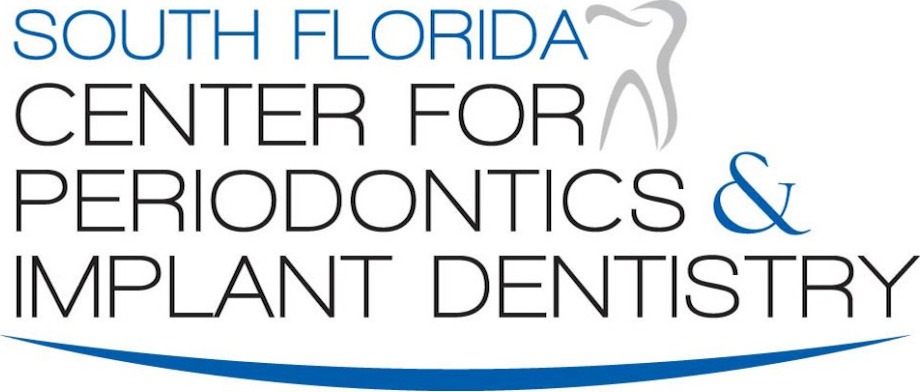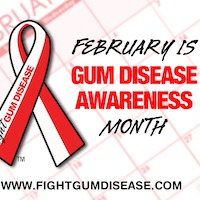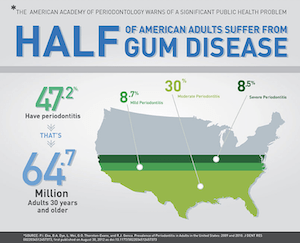February is Gum Disease Awareness Month
February 7th, 2022According to the CDC, nearly 50% of U.S. adults over the age of 30 have some form of gum disease. Since February has been designated as National Gum Disease Awareness Month, it seemed like a good time to remind our patients and friends about this oral health issue, one that sometimes may not even present with symptoms until it has reached a more advanced stage.
What are the Warning Signs of Gum Disease?
Again, while you may not experience any of these symptoms at the earliest stage of gum disease, you should watch out for signs like:
- Bleeding when brushing or flossing
- Receding gums (teeth look longer since you see the top portion where the gum has “recessed”
- Persistent bad breath, even after brushing and flossing
- Partial dentures that don’t seem to fit as well as they once did
What is Advanced Gum Disease?
If you are told you have gingivitis, the earliest form of gum disease (also known as periodontal disease), early detection makes all the difference. We can usually reverse gingivitis with regular deep-cleaning hygiene visits at our office along with your improved daily at-home brushing and flossing.
If you are diagnosed with periodontitis, your gum disease has progressed beyond gingivitis. Periodontitis is a chronic, inflammatory response caused by bacteria that irritates the gums, causing possible “pocket” spaces between your teeth and gums that becomes infected. Your teeth can become loose, fall out or need to be pulled.
Various Treatments for Gum Disease
We can treat more advanced gum disease, called periodontitis (gum disease that has progressed beyond gingivitis) with a variety of deep cleaning procedures called scaling and root planing. In early periodontitis, these treatments are designed to remove bacterial deposits called plaque and tartar from under the gumline and smooth out the tooth root, helping the gums reattach to your teeth. Antibiotic therapies may also be employed.
With more advanced bone loss, often characterized by loose teeth, spacing between teeth, gum loss (recession) or even tooth loss, you may require more advanced procedures. We offer a broad variety of options including minimally invasive laser treatment like LANAP® , bone regenerative procedures treatments such as growth factor-induced guided tissue regeneration, and grafting like Pinhole® Gum Rejuvenation to address gum recession.
If teeth are lost or the remaining bone is damaged, they can be replaced using dental implants. We use many bone grafting and regenerative procedures too, such as SmartBoneGraft®, which is a minimally invasive method repair severe damage.
Link Between Gum Disease and Total Body Health
In addition to potentially damaging your teeth, gum disease has been linked to many other “systemic” diseases of the body, like diabetes, heart disease, certain cancers, Alzheimer’s disease, Covid-19 and more. It’s thought that harmful bacteria travels between the mouth, bloodstream and lungs. Chronic inflammation may be contributing to these systemic diseases. Periodontal disease has been linked to six of the top 10 most common causes of death in the U.S. according to 2016 statistics from the CDC.
Act Now to Address Gum Disease
A healthy smile starts with healthy gums that can often be maintained with proper home oral care, routine dental maintenance, healthy diets and lifestyles that don’t include smoking.
If you think you may have gum disease, call our office at 561-912-9993 or contact us. Although many patients are referred to us by their regular dentists, referrals aren’t necessary.
Don’t let gum disease rob you of a lovely, healthy smile!


